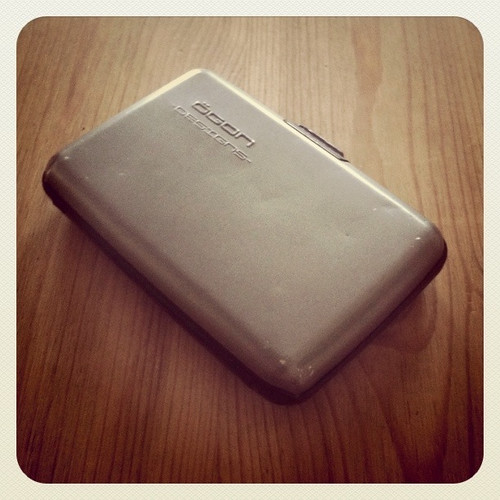The recently rejuvenated UX Bookclub Belfast, brought to us by the good people at Front, had “Laws of Simplicty” by John Maeda as its September selection.
I wish this had been written when I was a student or graduate designer. I come from a generation of designers where the goal was generally to embellish, embellish, embellish, and that was evident in the the wave of websites which emerged when designers finally decided to engage with the web in the last couple of years of the nineties. This should certainly be a must-read for all design students. Here are a few of my random thoughts and quotes from the book:
The first edition came out in 2006; throughout the book Maeda makes repeated reference to the iPod as a paradigm of simplicity principles. I would love to know if this reverence extends to the iPhone which is – to me – a hugely complex device, one which seems to base its appeal almost exclusively on aspirational aspects, albeit its functionality is split into a large number of smaller, simpler modules.
“Good design relies to some extent on the ability to instill a sense of instant familiarity” – this is very true when one thinks of patterns in UX design, and yet some designers are ashamed of conforming to conventions. Doing ‘what everyone else is doing’ is generally perceived to be a bad thing, and yet it makes a vital contribution to usability.
“Ambience is the proverbial ‘secret sauce’” – very true in web design. Sometimes you can feel like you have very little room to make your mark in a ‘typical’ web project, whether the constraints be financial, or dictated by brand guidelines etc. Many small victories can be achieved through tiney details which contribute to the overall ambience.
“Synthesizing the ambient experience of simplicity requires attention to everything that seemingly does not matter”. Daaammmn. Favourite line in the book by far! I may not get a tattoo of it, but it deserves framing at the very least.
Maeda makes the point that “simple = cheap” to his mother (and others). I would suggest that simple = cheat to some; that somehow simplicity is less design. Sadly a viewpoint that is too often adopted by short-sighted clients!
“Simplicity is about subtracting the obvious and adding to the meaningful” – and here we have a key differentiator between simplicity and minimalism, which tends to be about reduction at all costs, something I’ve commented on before.
Overall, great book. The last couple of pages suggest to me that simplicity does not just appeal to us as designers, but as humans. For instance, I don’t believe that anyone wakes up in the morning and thinks: “Hmm. I think I need to make my life more complex today.” More exciting perhaps, or more fulfilling, but we will naturally be drawn to simplicity as a goal. And yet, I know I continue to fill my life with “stuff”, be it gadgets that I will never unlock the full potential of, books and magazines I may never read, which do nothing but add to the complexity of my life. Maeda lets us know that simplicity is a choice.
Without over-simplifying what Maeda offers, the book forces us to reconsider what is truly helpful, emphasising that more does not necessarily mean better.
